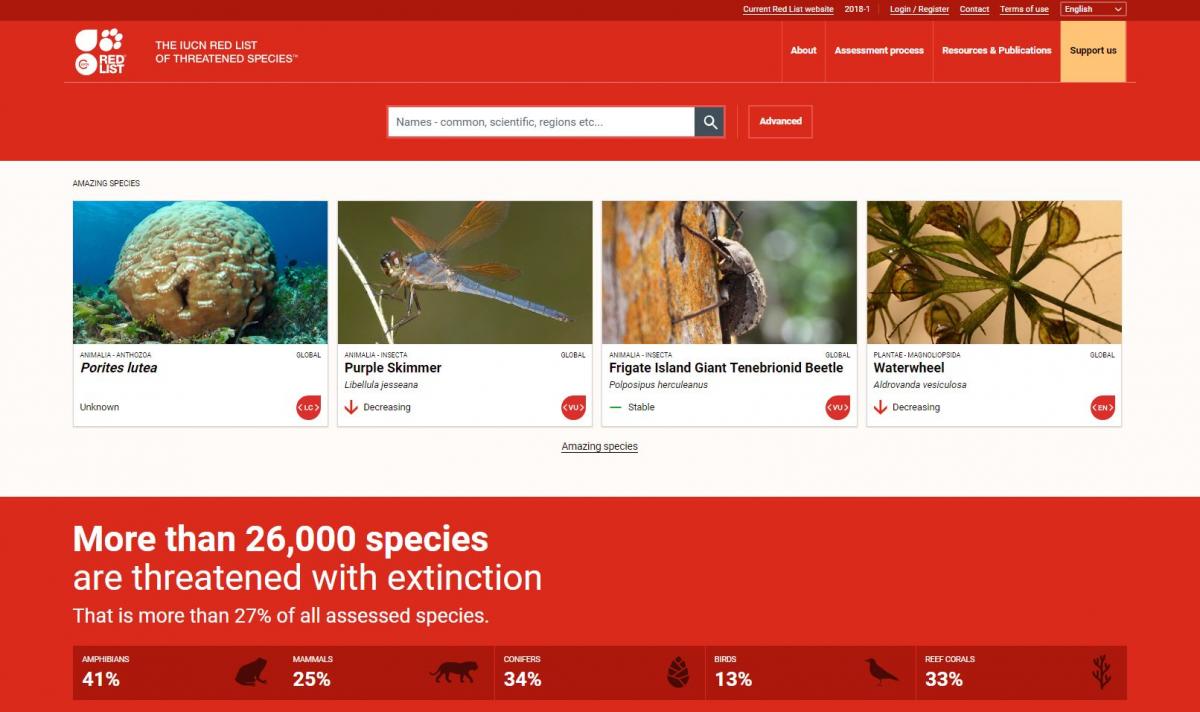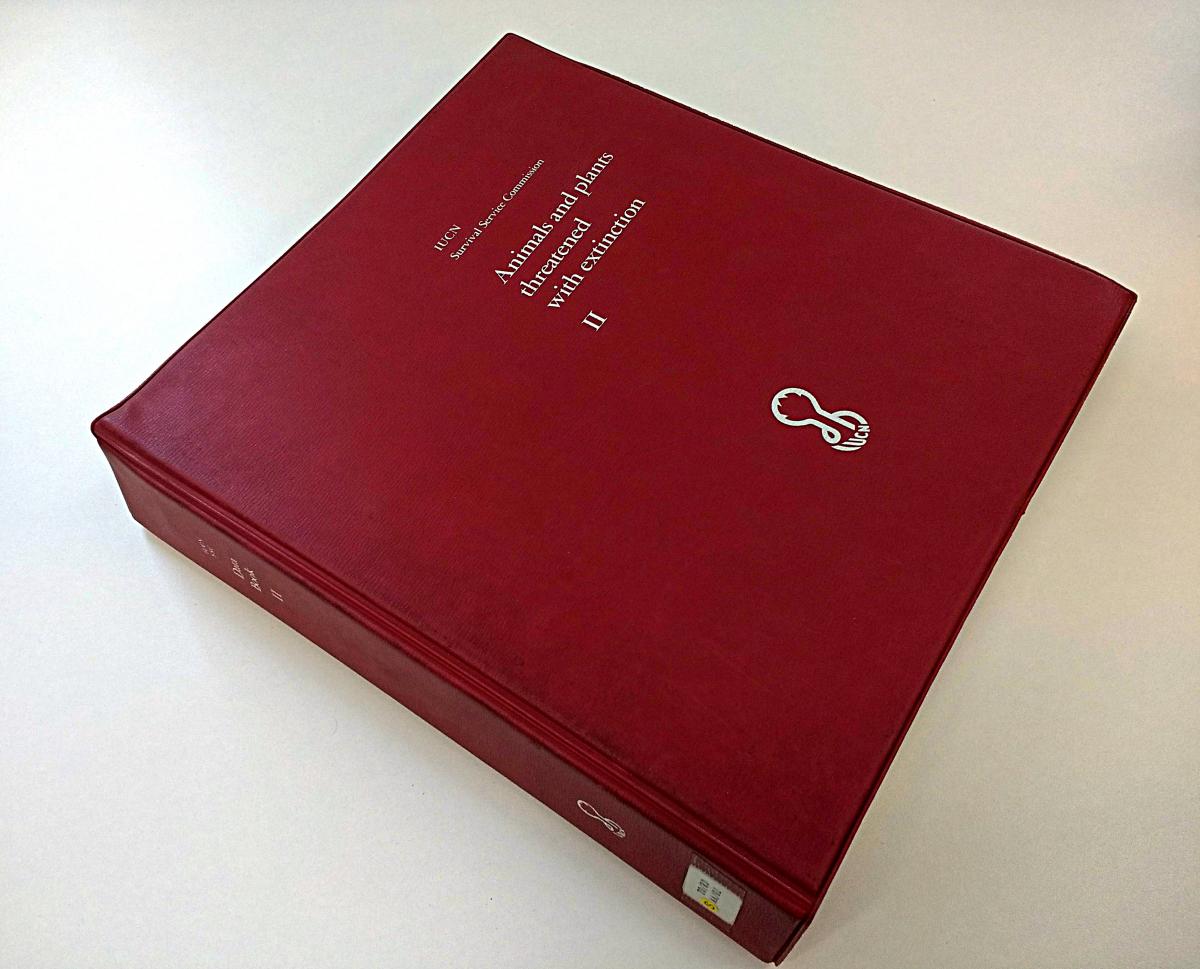The IUCN Red List of Threatened Species™ Launches New Website
The IUCN Red List is proud to announce the release of a new website – IUCN 14 September 2018
The IUCN Red List is the most comprehensive, objective global approach for evaluating the extinction risk of plant and animal species. The Red List was started in the 1950s as a card index of species that were considered to be threatened with extinction. Thanks to a network of outstanding volunteers, the card index was transformed into a multi-volume set of Red Data Books on plants and animals.
Over time, the Red Data Books grew and transformed into the Red List to include more species. The ethos of the programme also shifted to incorporate the status of all species, not limiting it to only those threatened with extinction. In the late 1990s The IUCN Red List was moved online. Today, The IUCN Red List holds conservation information for over 93,500 species of plants, animal and fungi, with a mission to increase the list to 160,000 species by 2020.
The IUCN Red List is regarded as the most influential source of information for species conservation in the world and is used to inform and guide key national and international policy and on-the-ground conservation decisions. It is also used as an education and information resource. Over 15,000 scientists worldwide contribute to The IUCN Red List, and funding for the work comes from a wide variety of donors.
The new website has an improved user interface, enhanced search capabilities, and displays information on the threat status of species in colourful and engaging formats. It will provide better support at the national level for species conservation action, thereby contributing to the achievement of key international biodiversity conservation targets (Aichi Target 12 on preventing extinctions and Aichi Target 1 – on raising awareness). The new website will run in parallel with the current website until later in 2018 when the current website will be replaced with the new one.
Please follow this link to take you to the new website.
Feedback on the new website is welcome.
IMPORTANT: IMPORTANT: All users of the current website should note that they must register again to use the new website – current login information, saved searches and any download requests will not be carried over to the new website.



